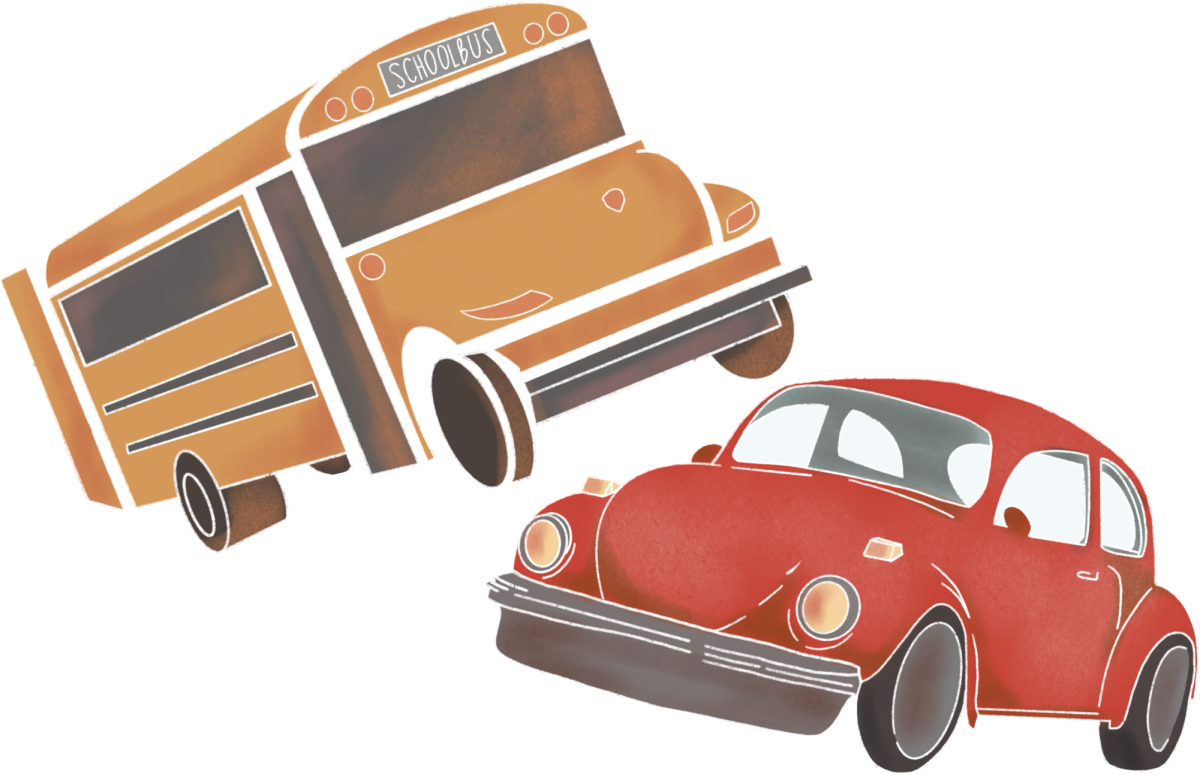As enrollment at LASA steadily increases each year, more students can be seen driving around the LASA campus every day. In order to manage the congestion resulting from LASA’s growth, new rules have been implemented, such as moving junior parking to the surrounding streets and supplying warnings whenever students disrupt neighbors by blocking mailboxes or driveways.
As experienced parents, the volunteers of Parents and Friends of LASA (PFLASA) help establish clear guidelines for new LASA parents and students. These guidelines include license plate checks and reminders for drivers to stay updated on community issues in order to control traffic chaos. In addition to these guidelines, PFLASA arranges community engagement meetings to address neighborhood concerns. Delia Mitchell, a parent at LASA who attends drop-off and pick-up, feels that these discussions could help resolve this issue.
“I do think there is a strong need for a community traffic discussion that includes parents, students, and the neighbors around LASA,” Mitchell said. “I also think that it would be helpful for the city of Austin to have surveying teams monitor traffic patterns around the school to make improvements.”
With many student drivers in the LASA area, obeying traffic rules is a common complaint amongst residents in LASA’s neighborhood. Missing simple road signs or going above the speed limit in a school zone can cause alarm for many students and community members alike. James Ockleberry, a security officer at LASA, described some of the common issues he has noticed around the school.
“I’ve noticed young people drive fast,” Ockleberry said. “Even in the community, we have people who are speeding, and so we are trying to keep them aware of how fast they are leaving the parking lot and not having an accident.”
Accompanying that, with everyday life stressors, it is very easy for parents and students to be in a rush when driving, according to senior Emily Lucas. Seniors trying to make it back from lunch or parents scrambling to get to work on time might be speeding and paying less attention to the road.
“It causes a lot of stress for the people who are parking in the parking lot just because there’s so many people coming in and out of it,” Lucas said. “Especially because the entrances are pretty slim, so it’s kinda hard to fit two cars. And I think a lot of people like to take their time when they’re dropping off their kids. Like, when you get to the front of the line, that’s the time to have a talk with your kid for some reason.”
According to Lucas, school buses can also fuel the issue by adding an extra component for drivers to watch out for. Most of the buses circle around LASA on Gardner Road, where they can conflict with the senior parking lot’s exits. As such, seniors at LASA either have to beat the buses, or wait for them to pass.
“I feel like if you don’t get out of the parking lot before the buses leave, then you’re kinda screwed,” Lucas said. “Because you have to wait behind all the buses. And especially if you’re going the same direction as the buses, you’re stuck behind a bus.”
Despite these prevailing issues, Ockleberry believes that LASA has been handling this recent surge of cars well compared to some other schools. A poll by the Harvard-Westlake Chronicle showed that out of the 429 students polled, around 15% of them had claimed to be hit by a car in a school parking lot. Compared to this, Ockleberry said that LASA has started seeing improvement in following protocol in the parking lots.
“Considering other schools that I’ve heard about, even smaller schools, they have challenges because there are kids that don’t come back from lunch on time so they’re speeding, trying to get back,” Ockleberry said. “So it causes an accident, but not with our kiddos though. They follow protocol.”








